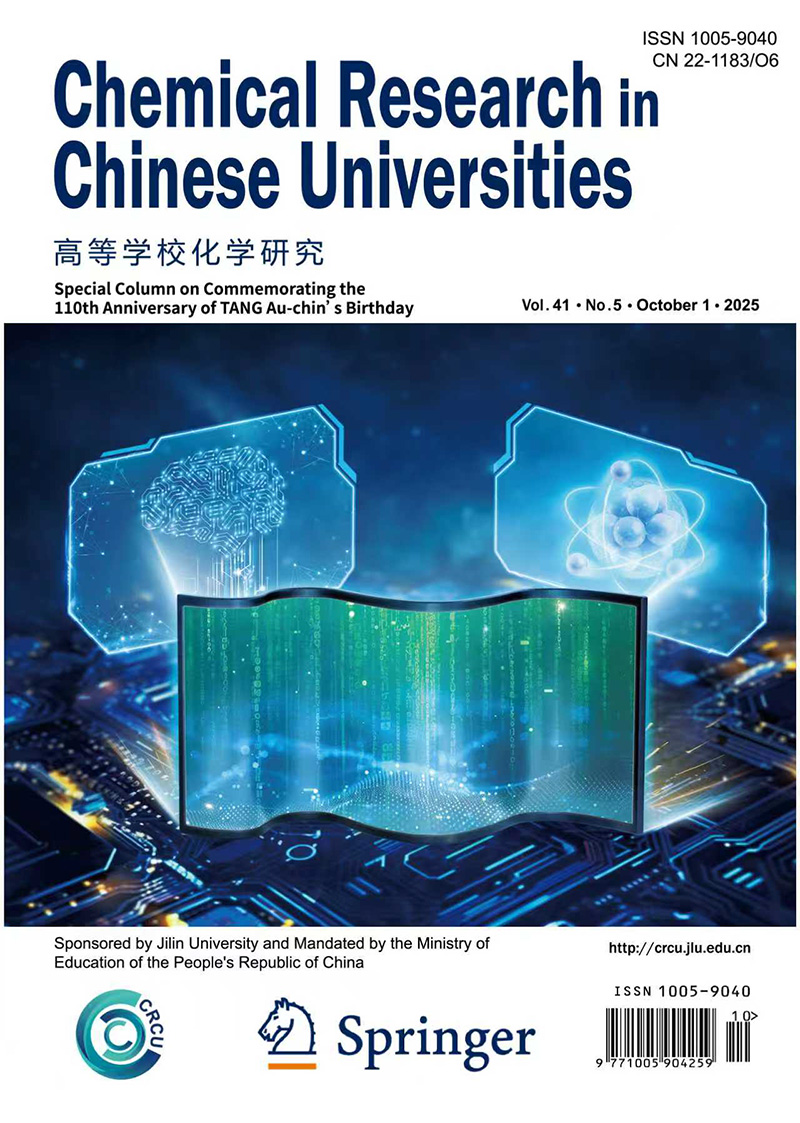Chiral Separation of Spiro-compounds and Determination Configuration
LIANG Ya, GUO Jing-jing, LIU Xiu-ming , WEI Rong-bao
2008, 24(4):
441-444.
doi:
 Abstract
(
)
References |
Related Articles |
Metrics
Abstract
(
)
References |
Related Articles |
Metrics
Chiral spirocyclic compounds have attracted the attention of scholars and scientists owing to their potential applications in the pharmaceutical industry as either active pharmaceutical ingredients, catalysts in synthesizing active enantiomers, or as surface modifiers on silica particles to resolve entantiomers. In this study, five spiro compounds of 3,9-diphenyl-2,4,8,10-tetraoxaspiro[5.5]-undecane(1), 3,9-(4-methoxyphenyl)-2,4,8,10-tetraoxaspiro[5.5]-undecane(2), 3,9-(4-methylphenyl)-2,4,8,10-tetraoxaspiro[5.5]-undecane(3), 4,4’-(2,4,8,10-tetraoxaspiro[5.5]undecane-3,9-diyl)diben- zoic acid(4) and 3,9-di(4-formyl-phenyl)-2,4,8,10-tetraoxa-spiro[5.5]-undecane(5) were synthesized by grinding pentaerythritol with benzaldehyde, 4-methoxybenzaldehyde, 4-methylbenzaldehyde, 4-carboxybenzaldehyde or terephthalaldehyde monoacetal in the presence of InBr3 under solvent-free conditions. A normal phase HPLC method was successfully developed to resolve entantiomers of compounds 1―5 on a chiral column. Specific optical rotation of R or S entantiomers(1) was determined and the corresponding configurations were proposed based on Lowe’s rule.

